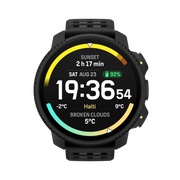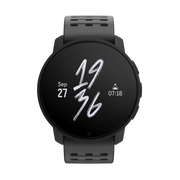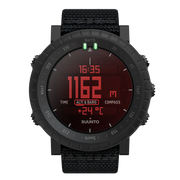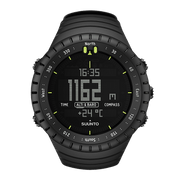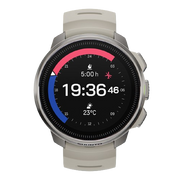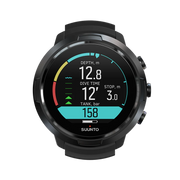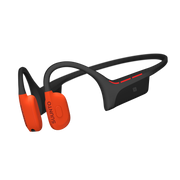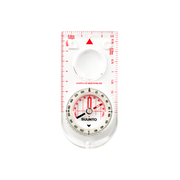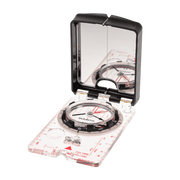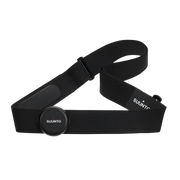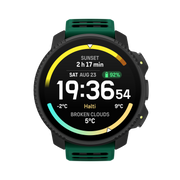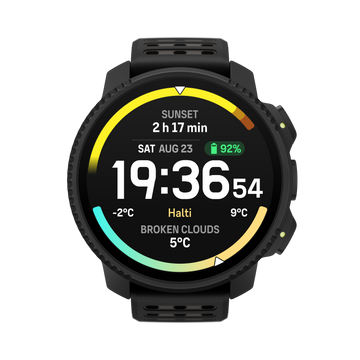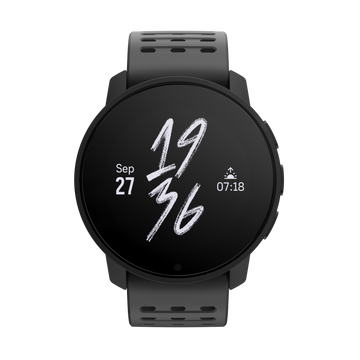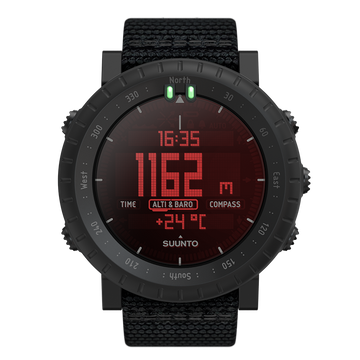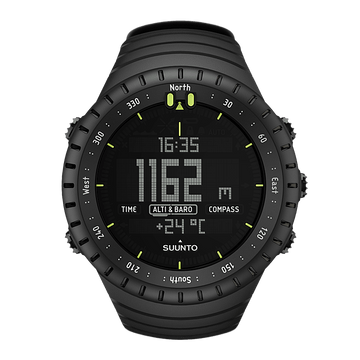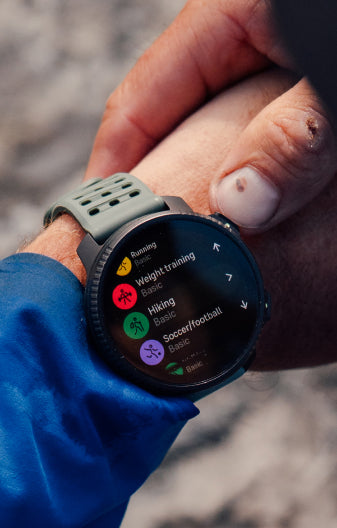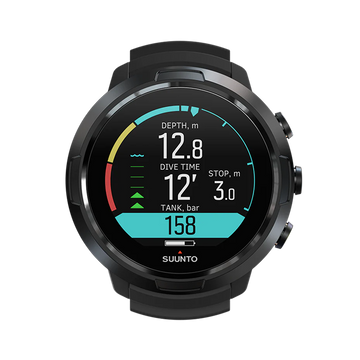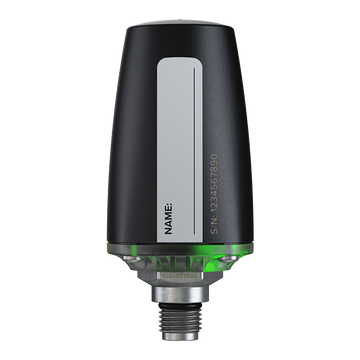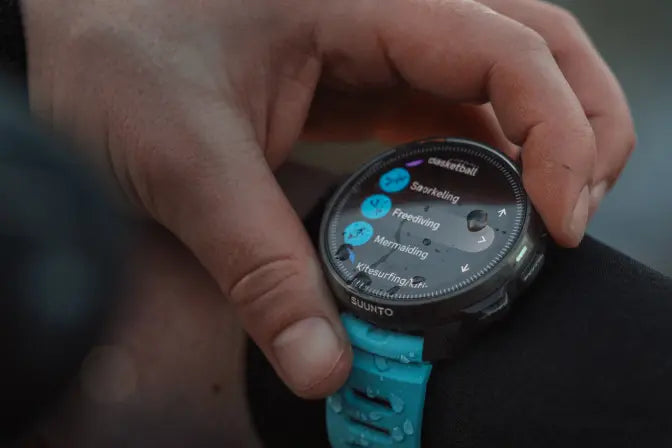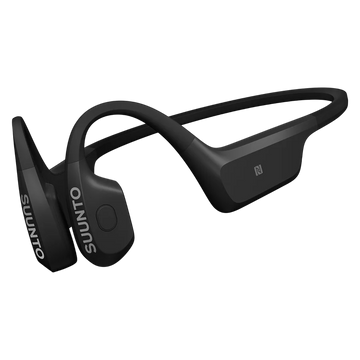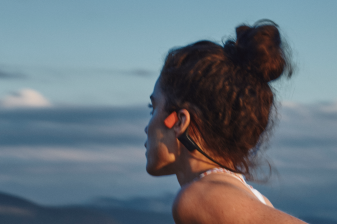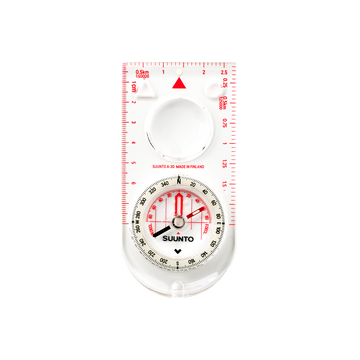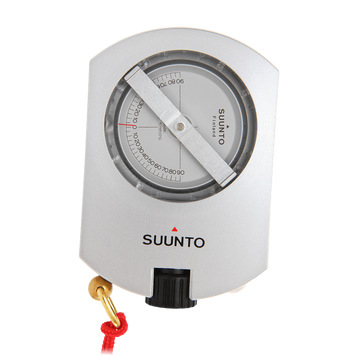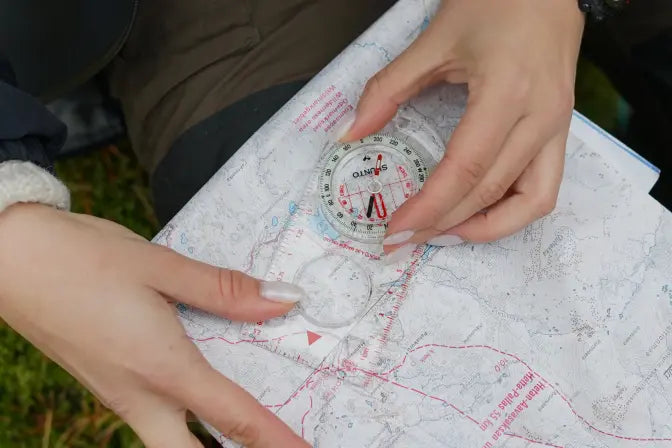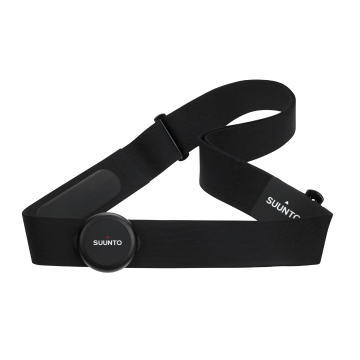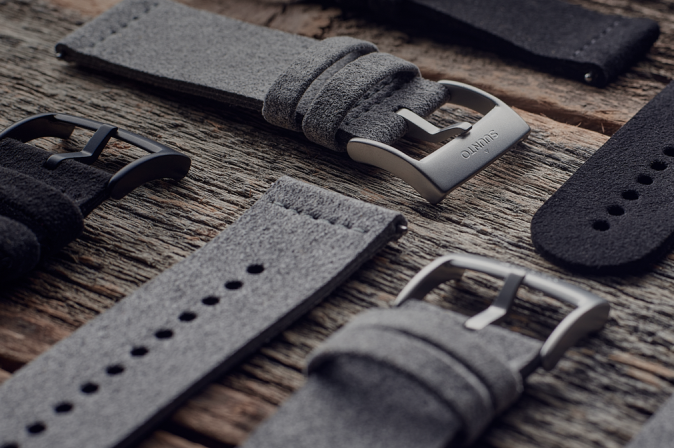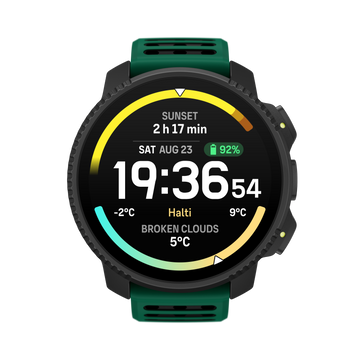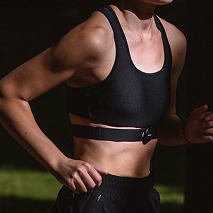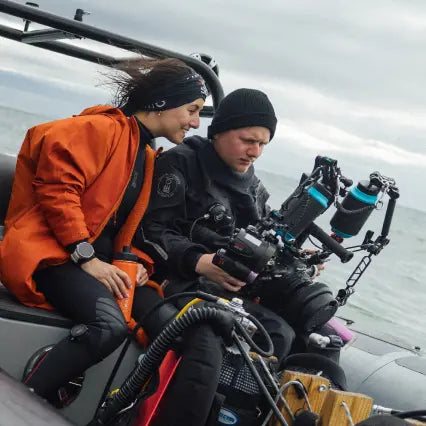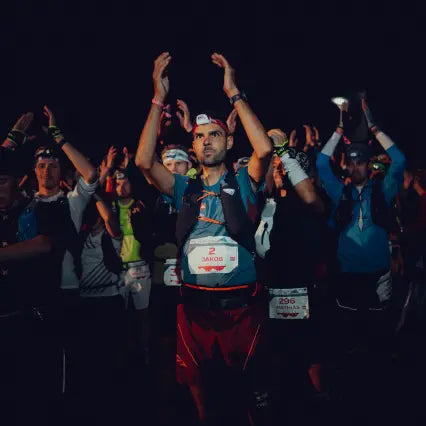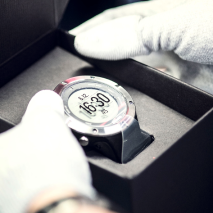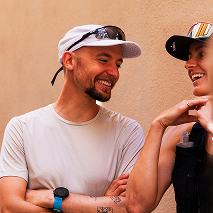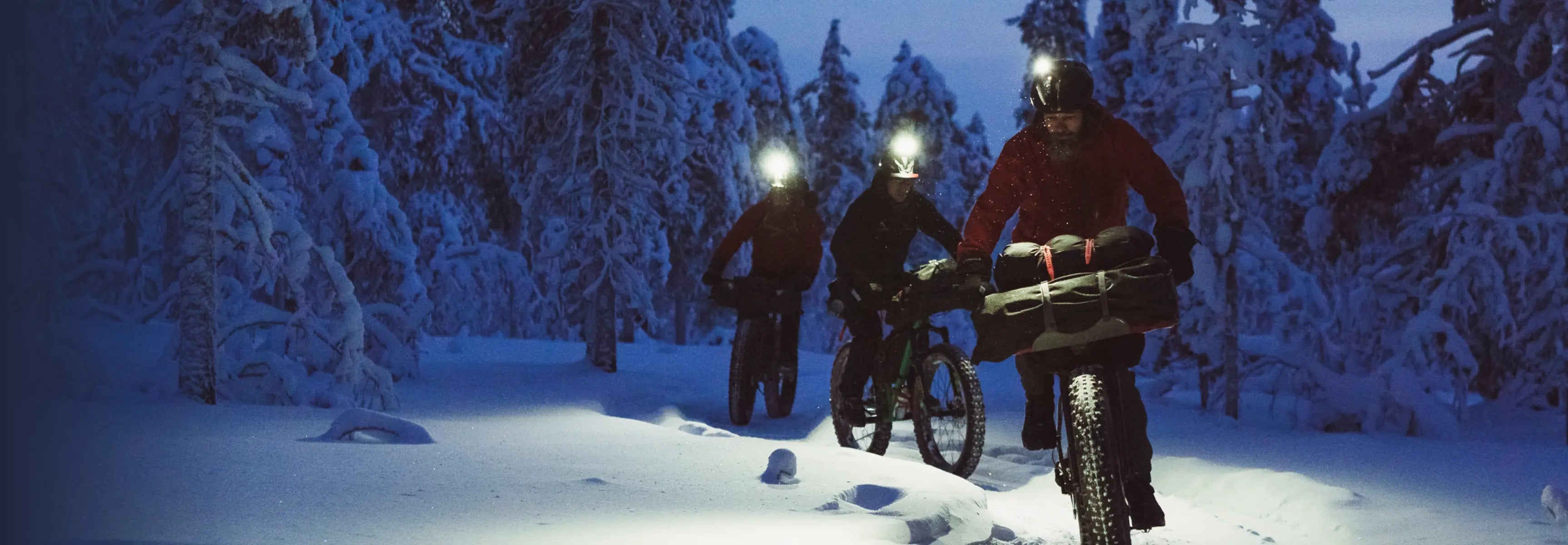
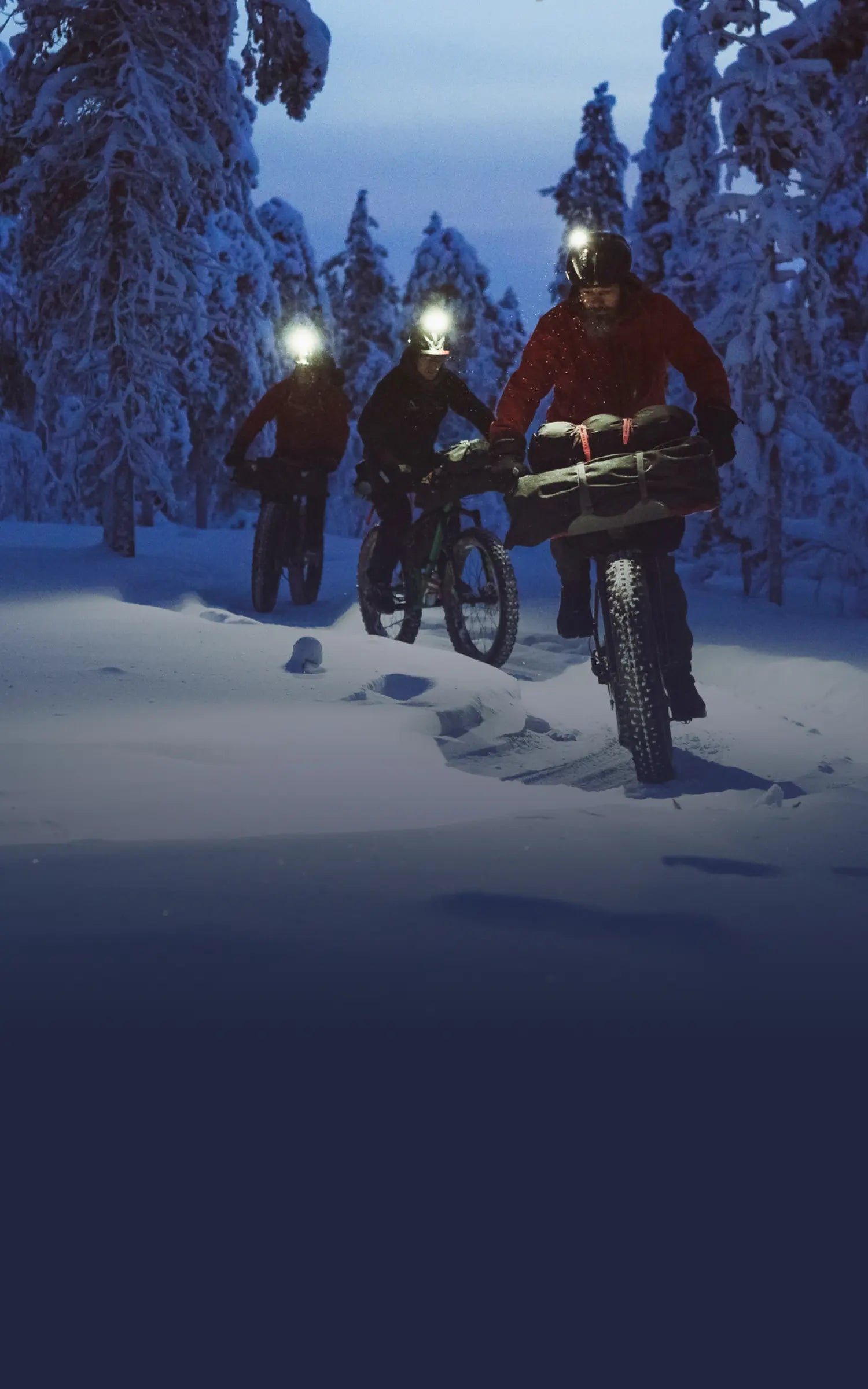
Suunto Blog

Run Your Own Virtual UTMB with Suunto
The 171-km race around the Mont Blanc massif is the most prestigious trail ultra in the world. With the new SuuntoPlus sports app, you can test the challenge wherever you are!
The Ultra-Trail du Mont-Blanc (UTMB) is one of the most prestigious and challenging trail running races globally. Its origins are rooted in the desire to create a race that encapsulates the grandeur and difficulty of running through the mountainous terrain surrounding Mont Blanc.
The first race was held in 2003. This year, runners will line up for the start at Place du Triangle de l'Amitié in the heart of Chamonix on August 30.
It can be hard to grasp how long the race actually is. To give you a feeling of the challenge, we have created the Virtual UTMB SuuntoPlus sports app that tracks your cumulative progress towards completing the legendary route.
Whether you are looking for a fun way to motivate yourself or aiming to one day run the race yourself, this sports app is for you!
The Virtual UTMB sports app shows your progress towards running the distance of the 171 km Ultra Trail du Mont Blanc: the top row shows your total distance and progress towards the goal, below you see your current activity distance and duration.
Here’s how it works:
Go to the SuuntoPlus Store in the Suunto app and sync the Virtual UTMB sports app on your watch.
Before starting your next run, go to ‘exercise settings’ and select the Virtual UTMB sports app in the SuuntoPlus section.
Start your activity. The Virtual UTMB sports app will be added as an extra screen. You will be notified as your reach the distance to various aid stations on the course.
The next time you use the same sport mode, the Virtual UTMB sports app will be there by default and keep adding distance towards your cumulative total of 171 km – the distance of the Ultra-Trail du Mont-Blanc.
Suunto is the official technical partner of the UTMB World Series. Learn about the races at utmb.world.

Suunto's Climb Guidance prepares you for the terrain ahead
The route altitude profile in the Suunto app and as part of route navigation in Suunto watches has taken a major step forward. With the release of Suunto Race S, we brought the new Climb Guidance also to Suunto Race, Suunto Vertical, Suunto Ocean and Suunto 9 Peak Pro GPS watches (software version 2.35.34 or later).
It will help you both in the route planning phase and out on the trails. Use it to optimize your pacing, make your race-winning moves, or simply enhance your outdoor experience.
Learn the climbs while planning
The elevation profile grows in real-time as you plan your route. Color codes on the elevation profile match the colors on the map.
When planning a route in the Suunto app, the route is split into sections – climbs, uphills, downhills, descents, and flats. These sections are visualized with color coding both on the map and in the altitude profile below. A climb is marked in red, uphill in orange, downhill in lime, and descent in green. Flats are marked in blue.
The section categories consider the length and steepness of the ascent (or descent). In the categorization, climbs are harder than uphills and descents are bigger than downhills.
The elevation profile of your route keeps growing in real-time as you plan your route. Already in the planning phase, you can scrub the altitude profile and see where each point is on the map. This is a useful way to get to know the route you are planning to navigate.
Get alerts and zoom in on the details during activity
Overview of the elevation profile (left) and a zoomed in climb section (right).
The Climb Guidance sections are synced to your watch along with the route you planned. When you start navigating the route, by default you will see the route on one screen and an overview of the elevation profile on the next.
You can zoom in on the elevation profile using the digital crown on the Suunto Race and Race S watches. On the Suunto Vertical and Suunto 9 Peak Pro, press the upper button to zoom in and long press it to zoom out. (Tip: Similarly, you can zoom in and out on the map view. The zoom-out level was updated to 20km in this latest software update.)
When you zoom in from the elevation profile overview, you will see the current section in more detail. You will, for example, see the ascent covered and ascent remaining on that section along with your position on the elevation profile.
A notification 100 meters before the start of a new section (left) and a full-screen notification with details as the section starts (right).
When you are approaching a climb, a notification is given to you 100 meters in advance. As the section starts, you will get a full-screen notification with section details (vertical, distance, gradient). You will get a similar notification before a descent. Notifications are not triggered for uphill, downhill or flat sections of the route.
Climbs are categorized on a scale of 1–4 and HC (hors categorie) based on their difficulty.
The section notifications can be turned off in the exercise settings. Before starting an activity, go down to exercise settings and select ‘Climb Guidance’. You can then toggle the notifications off and on. You can also select whether you want to see the gradients in percentages or degrees. By default, the gradient is shown in percentages.
The climb notification and grade settings are persistent per activity type; they are automatically remembered the next time you start the same activity.

Behind the scenes of the new Kilian Jornet film, Déjame Vivir
How do you film the world's fastest mountain runner? Filmmaker Sébastien Montaz says it's all about the emotion.
Dejame Vivir - Let Me Live - is the eagerly awaited second film from Sébastien Montaz to follow Kilian Jornet on the athlete's personal Summits of My Life project. It follows Kilian as he sets two mind-boggling record ascents on Mt Blanc and the Matterhorn. But it's much more than a documentary of the climbs, the filmmaker tells us:
“To me what's important is not the performance; that's not my thing. My background is as a mountain guide and I've always filmed people – the thing for me is to try and capture the emotions.
Kilian is someone who's happy, who has an entertaining personality. We wanted the film to be like him. So I asked him to shoot whenever he did something. Kilian has passion for the image and a very good understanding on how to make a film. He writes books, has a very good touch for telling stories using his phone or camera, he's posting stuff every day. He has a good eye and knows what works.
These very personal shots added something new to the film because people think they know a little bit more about Kilian. It's more intimate. We also involved the public. For the Matterhorn record I was asking via Facebook for their shots, which I included. It's the same concept – getting stories from the inside.”
Kilian is not the only star of the film. There is also another mountain legend, who the team meet in Russia for a race on Mt Elbrus, Vitaly Shkel, a Russian mountain guide.
“His nickname is 'the monster' in Russian,” continues Montaz. “There's a whole legend around him. He lived in this hut at 4,000m all summer just to prepare for the race. He was well prepared. Kilian was quite surprised to have someone who kept up with him! To me it was the highlight of the filming to discover this unique athlete.”
It's also a highlight of the film to see the camaraderie and friendship develop between the small community of mountain runners who turn up for the race.
“Russia was fun,” adds Montaz. “It's a bit of a wild region.”
Déjame Vivir is available for download here.

Race against the best
Maybe you fancy your chances against the world's best, or perhaps you'd just like to follow in his footsteps. Now's your chance. Here, we reveal Kilian Jornet's action-packed summer calendar. Catch him if you can...
The trail running season got off to an exciting start for the Suunto ambassador – second place at Transvulcania and a new record at Zegama. But from late May he focuses on his personal project Summits of My Life LINK and will journey to Alaska to attempt Mt McKinley (Denali). A few weeks there and Kilian be back in Europe in time for the Sky Running World Championships in late June in Chamonix, France. Kilian intends to participate in the vertical kilometer (VK) and in the marathon: “I guess I'll be a bit tired after McKinley, but I hope to be in good shape to run both races, as I am very familiar with the routes,” he says.
One of the most eagerly-awaited events will then take place in July. After three years trying for a place, Jornet has finally got into the 160km Hardrock 100, America's toughest ultra and one so popular that entry – even for elite athletes – is via a strict draw.
“Finally! It is a race I have always dreamed of taking part in,” says Kilian. “The route and the scenery in these mountains, to my mind the most beautiful in continental America, are breathtaking.”
After Hardrock come two races in July that Kilian knows well: the Dolomites Skyrace, where he'll do the VK and Sky Race (22km, 1,750 m) and the Giir di Mont (32km, 2,650 m).
In August he'll do the classic Sierre Zinal (31km, 2,200 m) and Kima Trophy (50km, 3,800m) and then return to the States for the Rutt Ultra (50km, 3,048 m). His last race will be the Limone Extreme (23.5 km, 2,000 m), near Lake Garda in Italy in October. But he'd also love to do the 170km Diagonale des Fous on Reunion Island again. “It's a race to be experienced, not only for the environment but also for its magnificent route amongst volcanoes,” he says.
If there's any energy left in the tank, Kilian plans to finish the year with a return to his personal project and attempt a record on Aconcagua, 6,960m, the highest mountain in the Americas. Go Kilian!

The Lost Valley
Where does a journey begin and end? Off the grid in Patagonia the stakes are high. Consequence and weather are constant travel companions on the way to sending La Vuelta de los Condores (5.11 A2). Watch as Arc’teryx Athletes Will Stanhope, Paul McSorley, and Marc-Andre Leclerc, along with Matt van Beine, set off to climb in the remote reaches of northern Patagonia.

Kilian's record ascent of Denali
When Kilian Jornet goes to the mountains on a personal project you can be sure the results will be interesting.
The mountain athlete does not disappoint. He's just returned from Denali, 6,194 m, the highest mountain in North America and sure enough, he's come back with a record – and an epic story to tell.
Avoiding the more popular West Rib route, Jornet headed up Rescue Gully on skis in his usual super fast style. By the time he returned exactly 11h and 48m later he'd smashed the record for the mountain's fastest ascent – by over five hours. The round trip involves an elevation gain of over 4,700 m and a distance of over 53 km.
What makes the ascent even more noteworthy is that conditions were bad for much of the ascent. Out of 16 days on the mountain, only three were good while blizzards, fog and low temperatures were the norm.
When Kilian set off on the summit bid, the thermometer was at -20ºC and the wind was gusting 40km/h.
“It has been a great adventure,” Kilian says. “Weather conditions were bad during much of the route. Yet, I managed to break the record, so I'm very satisfied. I took a different route rather than the usual one to avoid a stretch with fixed ropes because I wanted to stick to the values underlying the project – that is, attempting the record using as little equipment as possible, and without help.”
“I had to face two tough factors,” he adds. “On the one hand, the cold and the wind, which slowed me down throughout the route. On the other hand, the altitude, which affected me substantially from 5,000m.”
The summit was a special moment, he says, but not because of the view. “There was fog and I couldn't see a thing! But I thought ‘now my legs will finally stop hurting’!”
Denali, which is also known as McKinley, is one of the most forbidding peaks in the world. Although not as high as the Himalayan mountains, the Alaskan peak is notorious for its cold and brutal weather thanks to its proximity to the Arctic Circle. And with 4,000m of difference from base to summit, it features more vertical ascent than most mountains. Measured by topographic prominence it's the world's third most prominent peak after Everest and Aconcagua.
Image © Summits of My Life



